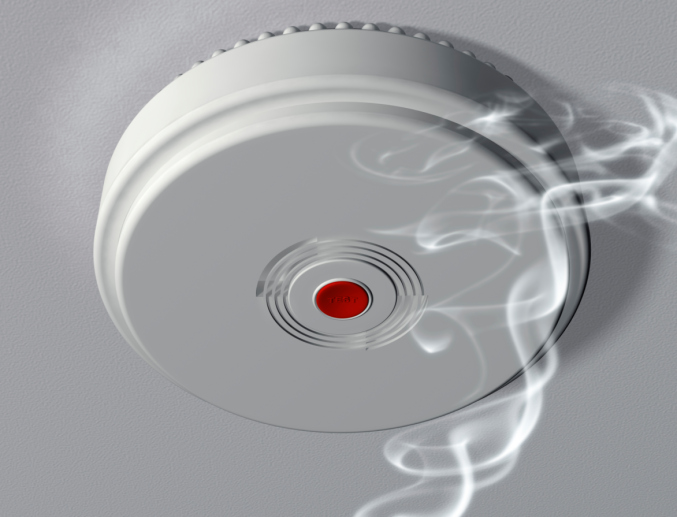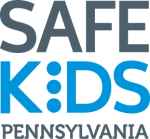
HOME SAFETY
Fire Prevention
 A small fire can grow deadly within one or two minutes. To help prevent a tragedy, closely inspect your home to eliminate potential hazards. Prepare your home for an emergency and teach your family about the dangers of fire.
A small fire can grow deadly within one or two minutes. To help prevent a tragedy, closely inspect your home to eliminate potential hazards. Prepare your home for an emergency and teach your family about the dangers of fire.
Working smoke alarms reduce the chances of dying in a fire by nearly 50%. They are a critical first step for staying safe, but in order to be effective, smoke alarms have to work properly.
Safety Tips
- For the best protection, install smoke alarms on every level of your home, in the kitchen and in every sleeping area.
- Mount smoke alarms high on walls or ceilings since smoke rises. Ceiling-mounted alarms should be installed at least 4 inches away from the nearest wall. Wall-mounted alarms should be installed 4 to 12 inches away from the ceiling.
- Smoke alarms can be battery-operated or electrically hardwired in your home. Replace smoke alarms according to the manufacturer’s expiration date.
- Replace all smoke alarms with 10-year tamper-proof batteries.
- Ten-year lithium alarms do not require battery changes.
- Consider installing both ionization alarms, which are better at sensing flaming fires, and photoelectric alarms, which are better at sensing slow, smoky fires, or dual sensor alarms.
- If you have hearing problems, use alarms with flashing strobe lights and vibration.
- Test smoke alarms every month. Replace batteries twice a year, even if alarms are hardwired.
- Create and practice a home fire escape plan that includes two options to escape your house in case of a fire.
- Designate an outside meeting place, so all members of the family can be accounted for quickly.
- Test your smoke alarms at night to see if your child will wake up and respond to the alarm. Children sleep more deeply and may not wake up. If your child does not wake up to the alarm, try an alarm where you can program your voice to alert him or her.
- Practice your escape plan routinely.
- Have a designated person to help young children and others who might have difficulty escaping.
- Teach children:
- To touch doors with the back of the hand before opening them. If the door is hot, use an alternative exit.
- Never to go back into a burning building for anything such as a toy or pet
- To call the fire department or 911 from a neighbor’s home or a cell phone outside.
- If their clothes catch on fire, they should immediately stop, drop to the ground and roll themselves back and forth quickly to extinguish the flames.
- To never touch or play with matches, candles, gasoline or lighters.
- To get low and get out when they hear a fire alarm.
- Take children to your local fire station for a tour. Children will be able to see a firefighter in full gear and learn that he or she is someone who saves children and not someone to hide from or fear.
- Limit distractions when cooking and do not leave a hot oven or stovetop unattended.
- Consider installing a home sprinkler system.
- Have chimneys cleaned and inspected once a year.
- Second-story and above bedrooms should have a fire ladder installed and a child should practice how to use the ladder.





